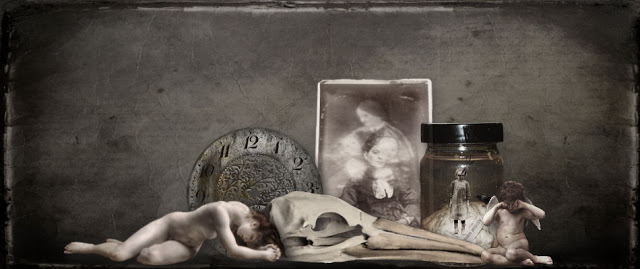I'm reading The Art of Fiction by John Gardner at the moment. Chapter 1 is about aesthetics and about breaking the 'rules' of writing. there are useful techniques and ideas, but we mustn't treat them as carved in stone. It's OK not to tie up loose ends. Sometimes telling is fine. Writing what you imagine is better than just writing what you know. Invention and imagination rule. He claims we are responding to the writer's humanity when we engage with good writing. He urges writers to trust their instincts, write what seems aesthetically right to them, not outside limits.He suggests that while good storytelling is inborn rather than taught, there is value in learning about writing, doing extensive research, allowing other writers to critique your work. Ultimately, chapter one asserts, 'All great writing is in a sense imitation of good writing.' By which he means we recognise the effect good writing has on us, what we get back from a successful novel. So he strongly recommends reading the great works of fiction, as a training ground for presenting our own stories and ideas. By writing, we develop an idea of what works and what doesn't.
On to chapter two, this week's reading for fiction. The first idea is one that I'm coming to realise is a big issue in people beginning to write. Spelling, syntax, grammar and punctuation. I know I'm pretty good on these, although my two finger typing comes up with some very silly mistakes. I was surprised to see how many fellow students make simple spelling and syntax mistakes, or don't know how to punctuate speech (admittedly, a bit tricky). The next point is that 'the artist's primary unit of thought--is genre.' He urges us to write what we love. This is trickier for me, on my present course, because I don't exclusively read literary fiction, I love well-written thrillers and creepy fantasies and historical books. The important word is still well-written, I suppose. So I'm continuing to play with the YA book, partly because I like the characters and where they are going, partly because I'm scared to look at the more grown up book. It faded and died somewhere, and it's like sitting with a corpse to work on it further.
Gardner suggests that mixing up genres is how we keep things fresh and original. I adore Chaucer and he mixed it all up in Tales. I'm struggling to find time to read the Calvino I bought, but I think I must try a bit harder. Gardner speaks at length about the importance of convincing our readers. He suggests there are three types of writer and they do this in different ways.
Realist writers place their stories in the real world, using details that sound convincing. Like embellishing a lie to make it more plausible. Realist writers fill their story with the weather, the place, the time, making everything fit so that the characters actions rise out of this nest of detail. We believe them (at least temporarily) because it has verisimilitude. (I leaned how to pronounce this on the website howjsay, I do recommend it!) It's almost as if the writer is reporting a true story.
What Gardner calls 'the writer of tales' persuades the reader into suspending disbelief by charm, by invention. The narrator is so convincing and confident in their imaginary world, that the reader is drawn in as well. The writer still uses details, but they can be novel rather than familiar.
The 'yarn' writer allows a narrator or character to tell huge lies, even though they are clearly lies or mad inventions. Mark Twain's Baker's Bluejay Yarn still has a talking bird, but the setting is so real you are almost sitting on the roof with the bird, looking through the shingle knot hole with him. Vivid detail is what brings all fiction alive.
Gardner explains that 'fiction does it's work by creating a dream in the reader's mind'. He explains that the worst thing we can do is interrupt that process, burst the imaginary bubble. As I work on 'Borrowed Time' I'm aware of the importance of keeping the point-of-view flow going, keeping the characters authentic even when they do what probably appears surprising to the reader.
Apart from that, I am enjoying Rolando Villazon's Handel CD. He, along with Paul McCreesh and the Gabrieli Players, have recorded a lovely collection of arias that really suit the mad Mexican's voice. It's a lovely backdrop to my reading.

No comments:
Post a Comment
Note: only a member of this blog may post a comment.